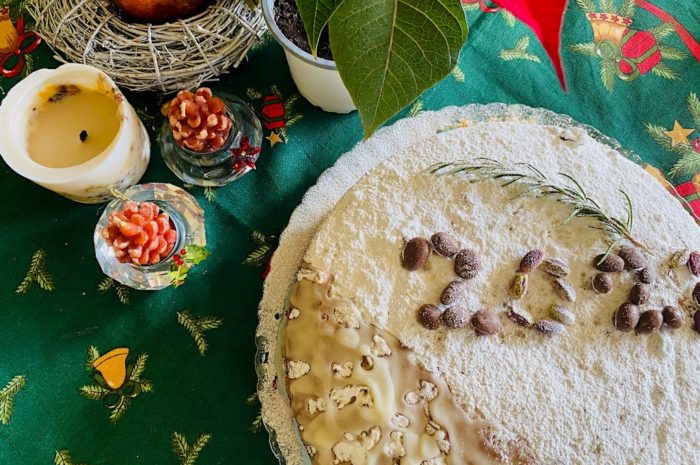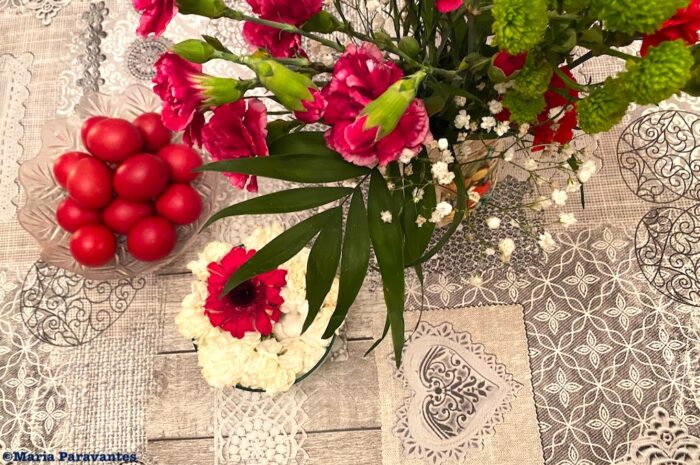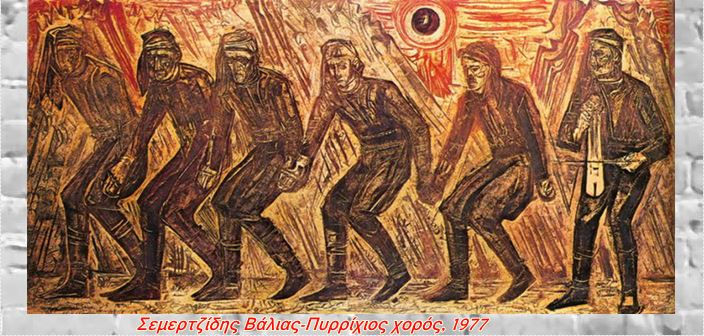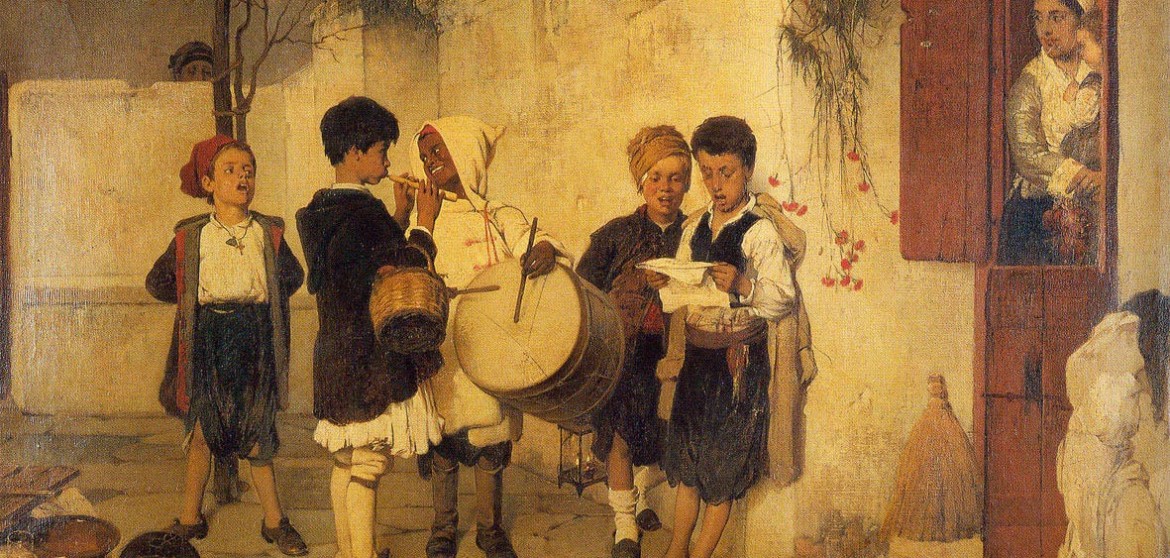
“Hionia sto kabanario, pou Christougenna simainoun…”
“Snow on the bell tower mark the coming of Christmas…
Though our mother was anything but religious, on Christmas Eve morning in a usually very snowy Chicago suburb, she would sing to us this Greek Christmas carol. She still insists that children should have something to believe in and look forward to… and indeed, this carol marked the official countdown to Christmas, which for us meant finally opening our presents plus plenty of Greek food, friends, song and dance.
The poem, penned by Stelios Sperantzas (1888-1962), is performed below by Greek folk singer Mariza Koch and her children’s choir.
►Kallikantzari: The Greek Trolls of Christmas
Greek Carols on Christmas Eve
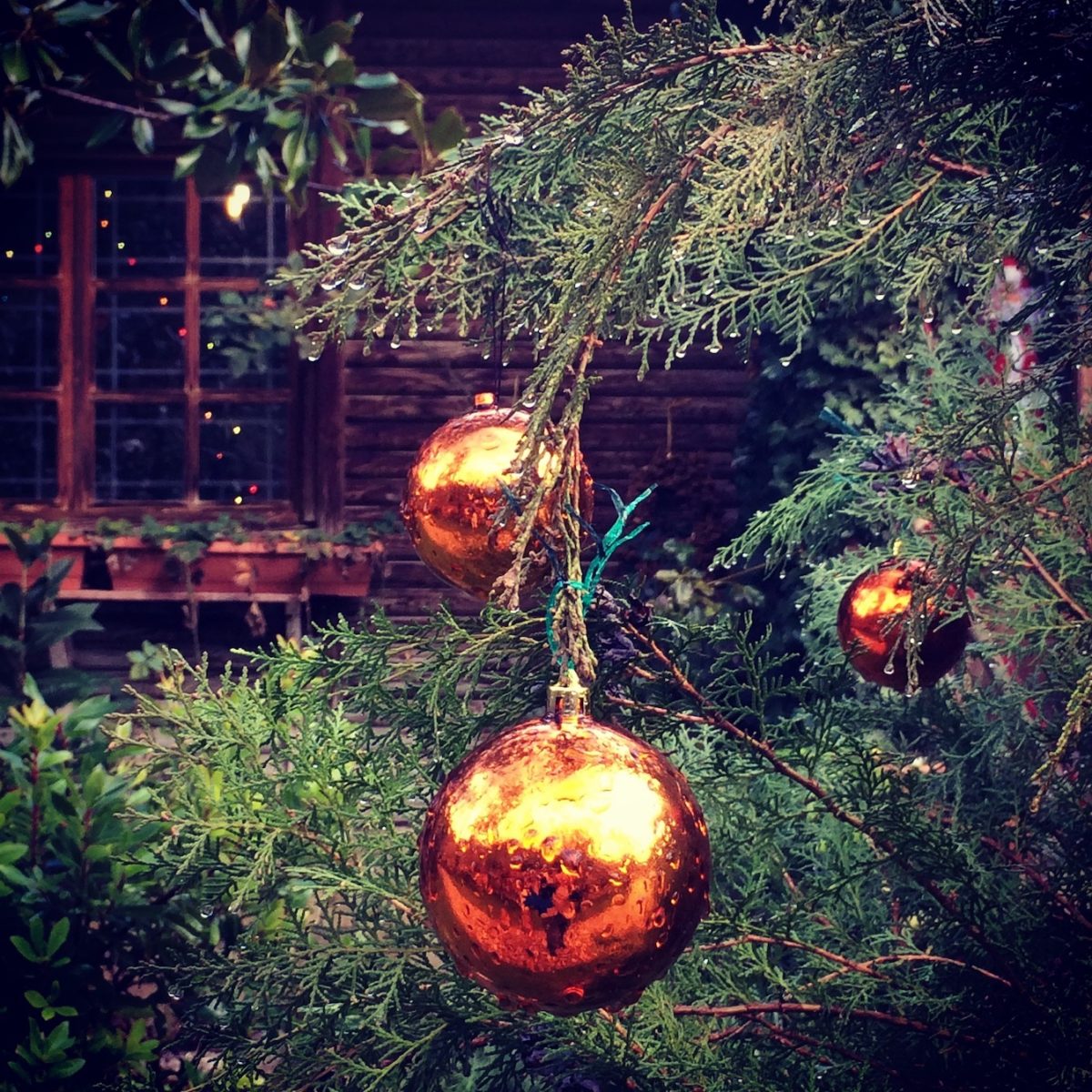
Like most local folk music (demotika), Greek Christmas carols date back to the Byzantine times and are still mostly sung in the purist katharevousa form of the Greek language. The word “kalanta” derives from the latin “calenda”, which is defined as the start of the month.
On Christmas Eve morning and in some areas after sunset, children across the land would gather (and fortunately still do, especially in rural Greece) – gloves, caps and triangles in hand, some would even hold Greek Christmas boats and would visit every household and shop in the village or town. “Na Ta Poume?” (Shall We Sing?), they would yell waiting for that special “nod”.
Once the carol was over, the youngsters would then wish the home- or shopowner health, happiness and prosperity, and in some cases, a good crop. In return, the carolers were offered edible goodies such as traditional holiday sweets, including honey-dipped melomakarona or sugar-topped kourabiedes, pies, specially-knitted breads, and pomegranates.
💡Don’t know what to get everyone for Christmas? How about gifts inspired by Greece?
►Vassilopita: A Greek New Year’s Cake Bearing Gifts
Much like Greek folk song traditions, the lyrics and music of the kalanta vary depending on the region, and this is evident not only in the musical instruments accompanying the carolers, but also the rhythm, the dynamics, the lyrics, and the wishes. In some regions, the musical accompaniment includes guitars, the daouli drum, harmonica, clarinet or accordion. The sound is also closely linked to the landscape.
The kalanta from the Peloponnese and the region of Epirus, for instance, are “heavier”. The kalanta of Pontοs are more powerful with traditional Pontic lyre and percussion, narrating the life of Christ in the Pontic language. The Christmas carols from Thrace feature the mesmerizing sound of the proud pipiza – a traditional bag-pipe instrument together with percussion (daouli) telling the tale of Mary giving birth to the blessed child among the wild flowers.
As we move to the islands, the Christmas carols are more upbeat, lighter, happier, beckoning on the lady of the house to bring wine to celebrate wealth, health, and prosperity. Such examples are the kalanta from Cyprus, Crete, and the Cyclades islands.
►Epiphany Day: When Greeks Bless the Waters to Mark a New Start
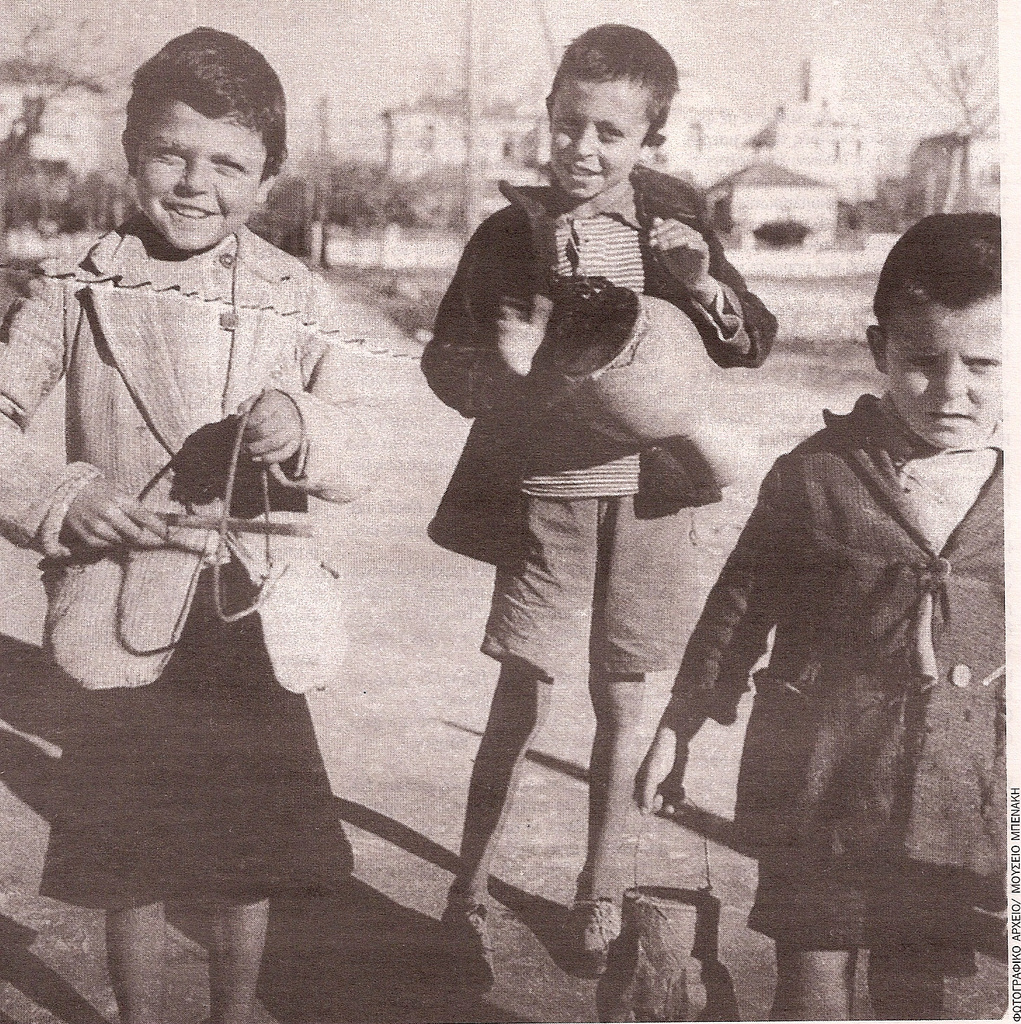
The Greek Urban Caroler
Today, city carolers go from one apartment to the other and in return they are “tipped” with change.
The carols always culminate in a wish:
“Ke tou Chronou, Hronia Polla”
Which translates into “May we be well again to celebrate next year and for many years to come.“
💡Are you in the process of getting your loved ones and friends gifts for the holidays? Get inspired with my selection of fantastic Greek-style gift ideas for friends and family.
♫ The Greek Vibe wishes all a very Merry Christmas full of love and music to soothe the soul, closing with this moving Byzantine carol where the word “Erourem” alludes to the ‘voice of the angels‘. May we be blessed.
Be well! Travel!
Enjoy this Post? Share and Pin it!
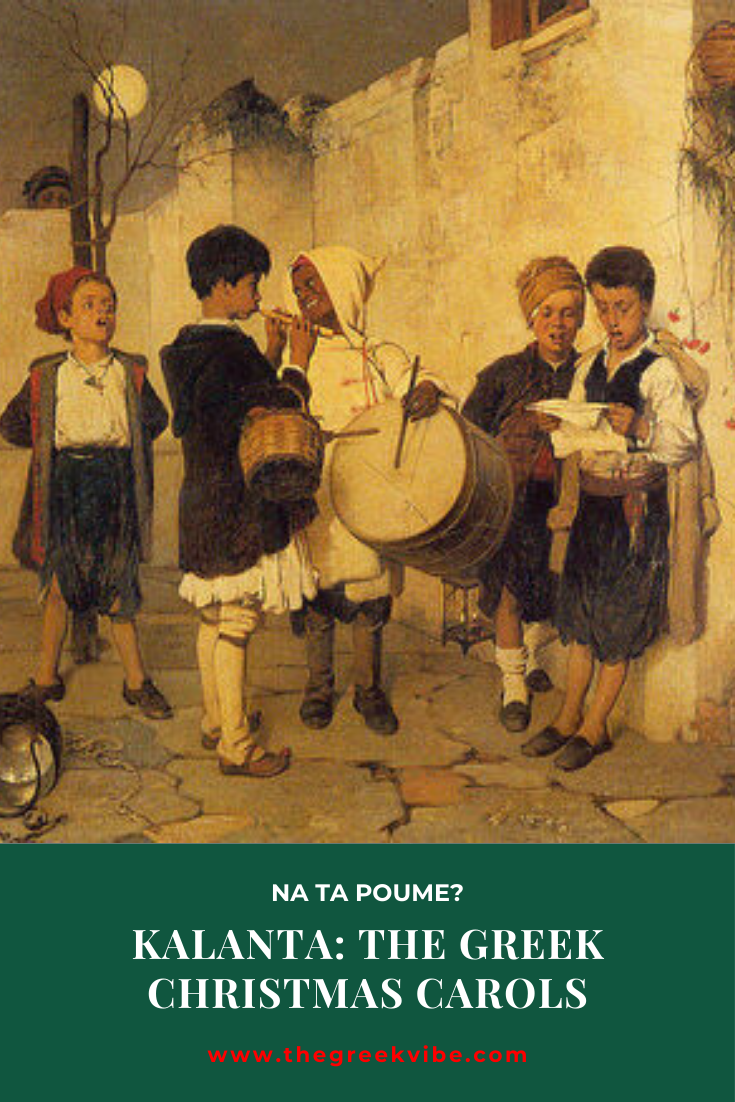
♪ The painting above, titled “Ta Kalanta”, is the work of one of Greece’s greatest painters, Tinos-born Nikiforos Lytras (1832-1904).

